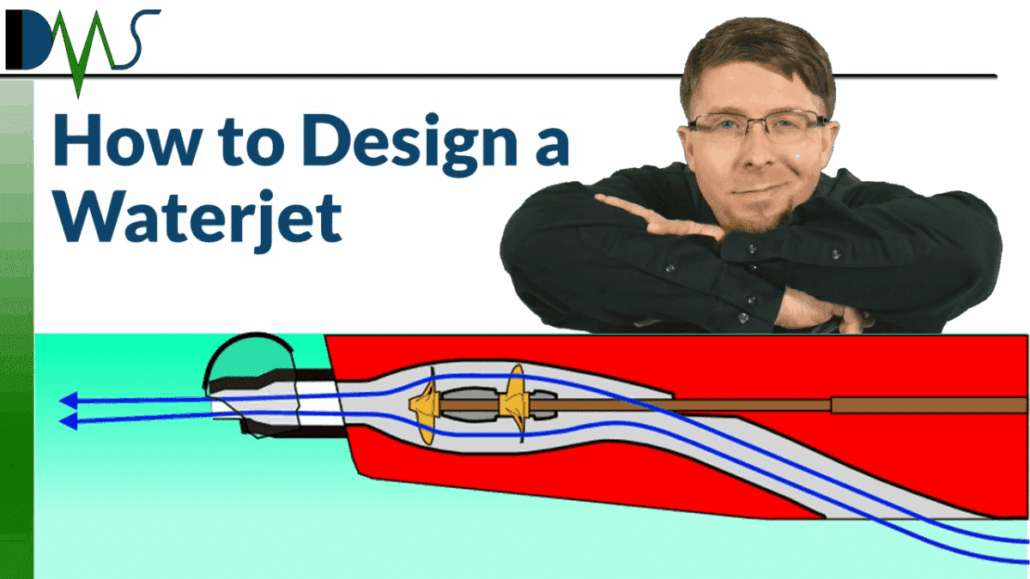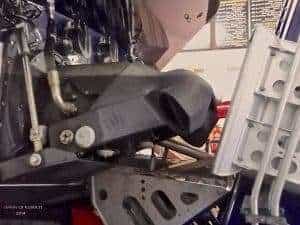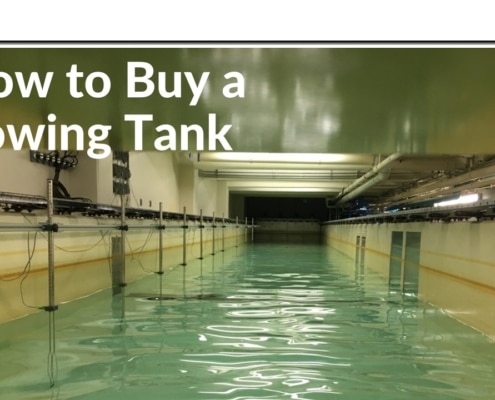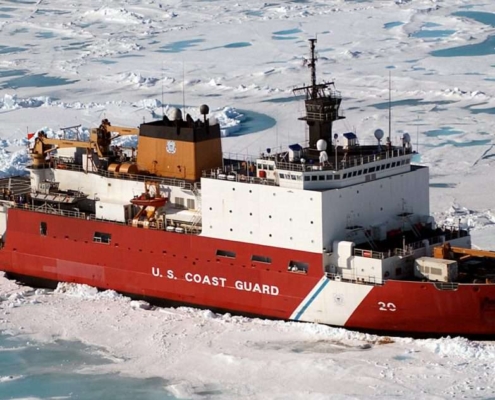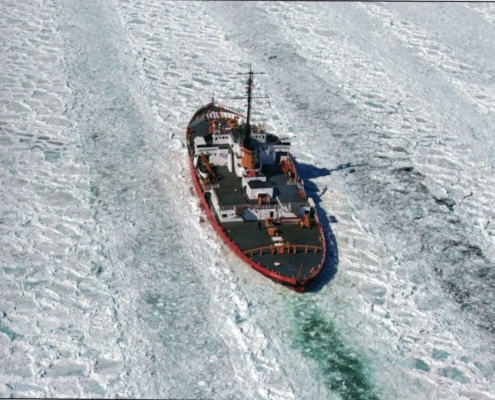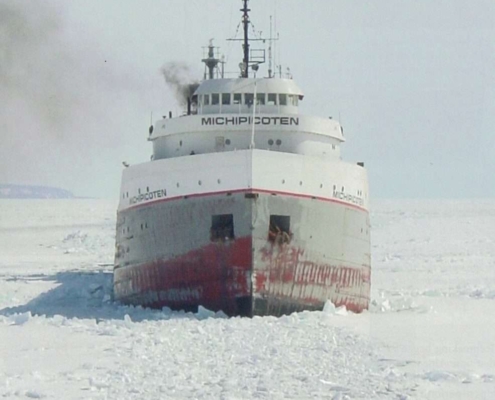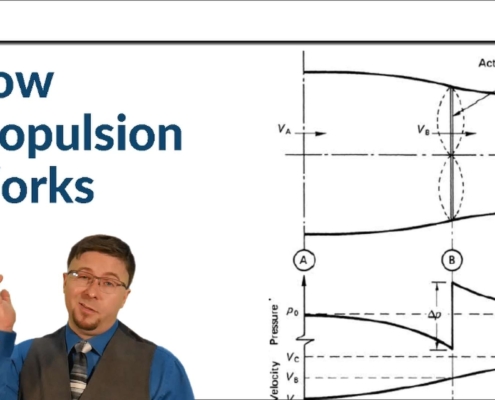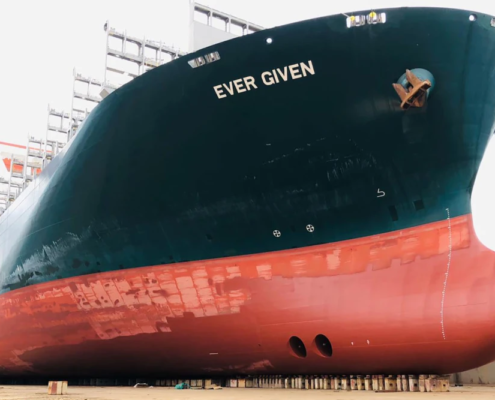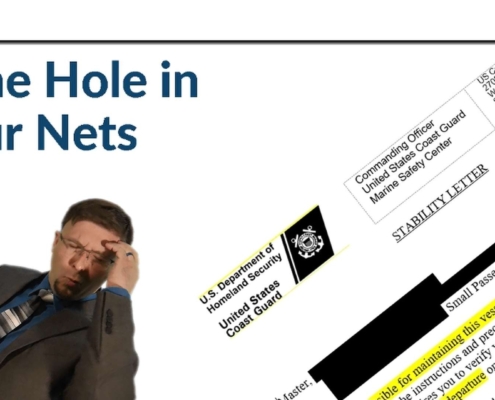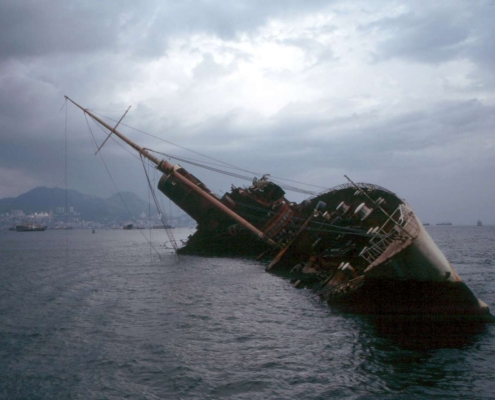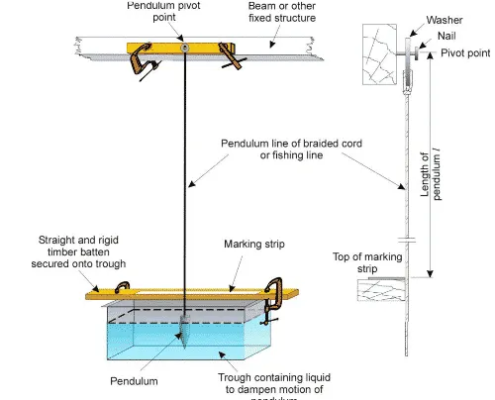The next best practice was discharging above the waterline. The waterjet wants to convert all the pressure it develops at the pump into velocity, via the nozzle. To do this, it discharges above the waterline, where the outside pressure is effectively zero (gauge pressure). But if we discharge the jet below the waterline, we must fight against the hydrostatic pressure of the water outside the jet. That reduces the pressure we can convert into velocity, completely sapping away our thrust. Discharging below the waterline is BAD.
Practical observations sometimes confuse this rule. If you walk into a marina and carefully inspect waterjets on boats sitting in the water, you may notice that most of the waterjets rest partially submerged. They sit half in the water. This is because most high speed planing vessels create a hollow in the water directly behind their transom when running at speed. And the hulls will rise out of the water at planing speeds, raising the waterjet a little above the waterline.
In those vessels, the best design practice is to position the waterjet vertically so that the centerline of the jet lies on the vessel waterline when resting. This ensures the pump of the waterjet can always prime. That explains the appears of most waterjets in marinas, but remember that they don’t look like that when working on the job. If you plan to apply this strategy, be sure to check that your vessel actually generates the expected hollow behind the transom. Otherwise, you just wasted your money on that waterjet.
